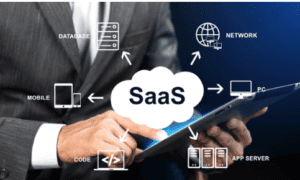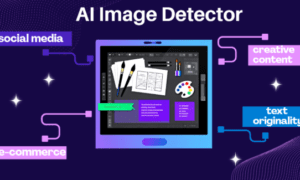Introduction to Mail Marketing
Mail marketing remains one of the most effective digital marketing strategies, offering businesses direct access to their audience’s inbox. Unlike social media or paid ads, email marketing allows personalized communication with potential and existing customers. However, to ensure success, marketers need to build a well-structured strategy that includes audience segmentation, compelling content, and technical optimization.
Starting mail marketing requires understanding key elements such as list building, content creation, automation, and analytics. Additionally, leveraging tools like Mailgo can significantly enhance deliverability and accuracy through its mail verifier and mail guesser features. This guide will walk you through the essential steps to kickstart your email marketing journey and maximize its effectiveness.
Step 1: Building a High-Quality Email List
One of the first steps in mail marketing is acquiring a high-quality email list. Many beginners make the mistake of purchasing email lists, which often lead to high bounce rates and spam complaints. Instead, focus on organic methods such as lead magnets, opt-in forms, and landing pages to attract genuinely interested subscribers.
To maintain a clean and actionable list, businesses should use email verification tools. Mailgo’s mail verifier is particularly useful in this regard, as it checks the validity and deliverability of email addresses in real time. This not only reduces bounce rates but also improves the overall performance of your campaigns. A verified email list ensures that your messages reach actual inboxes, improving engagement rates and avoiding spam filters.
Step 2: Crafting Compelling Email Content
Once you have a verified email list, the next step is crafting compelling content. The key to successful mail marketing lies in sending emails that are relevant, engaging, and valuable to the recipient. Your emails should have a clear objective, whether it is to inform, promote, or nurture leads.
Effective emails usually contain personalized subject lines, clear and concise copy, and a strong call-to-action (CTA). Personalization plays a crucial role in increasing open rates and conversions. Using dynamic fields to include the recipient’s name or past purchase history can make emails feel more personal. Additionally, businesses should experiment with A/B testing to determine what type of content resonates best with their audience.
Step 3: Leveraging Automation for Efficiency
Email marketing can be time-consuming, but automation helps streamline the process. Automated email sequences allow businesses to send pre-scheduled emails based on user behavior or predefined triggers. For example, welcome emails, cart abandonment reminders, and post-purchase follow-ups can all be automated to enhance customer engagement.
Segmentation is another critical aspect of automation. Sending targeted emails based on customer demographics, preferences, and behaviors improves conversion rates. For example, an e-commerce store can segment customers based on past purchases and send personalized recommendations. Businesses looking to improve targeting can benefit from Mailgo’s mail guesser, which helps predict missing email addresses, increasing outreach opportunities. For more details, please refer to Mailgo’s mail guesser.
Step 4: Ensuring Deliverability and Avoiding Spam Filters
Even well-crafted emails can fail if they don’t reach the recipient’s inbox. Many factors affect email deliverability, including sender reputation, email authentication, and list hygiene. To maximize deliverability, businesses should follow best practices such as avoiding spam-trigger words, using a recognizable sender name, and maintaining a low bounce rate.
Email authentication protocols like SPF, DKIM, and DMARC help build credibility with email service providers (ESPs). Furthermore, email verification tools like Mailgo’s mail verifier play a crucial role in maintaining a clean email list. Verifying email addresses before sending campaigns prevents sending emails to invalid addresses, which can damage sender reputation and reduce inbox placement rates.
Step 5: Analyzing Performance and Optimizing Campaigns
Continuous monitoring and optimization are essential for improving email marketing effectiveness. Marketers should track key metrics such as open rates, click-through rates (CTR), bounce rates, and conversion rates to gauge campaign success. Understanding these metrics helps businesses adjust their strategies for better results.
A/B testing is a powerful method for optimizing email performance. By testing different subject lines, email copy, and CTAs, businesses can identify what works best for their audience. Additionally, using audience insights to refine segmentation strategies ensures that emails are always relevant and engaging. Email marketing tools and platforms offer analytics dashboards to visualize data and track improvements over time.
Conclusion: The Road to Mail Marketing Success
Starting a mail marketing campaign requires careful planning and execution. From building a high-quality email list to crafting compelling content, leveraging automation, ensuring deliverability, and analyzing performance, every step contributes to a successful strategy. Tools like Mailgo can significantly enhance email marketing efforts through email verification and email guess solutions, ensuring that your emails reach the right audience with minimal bounce rates.
By following these steps and continuously refining your approach, businesses can develop an effective email marketing strategy that drives engagement, conversions, and long-term customer relationships. Investing in the right tools and best practices will set the foundation for success in mail marketing.

































